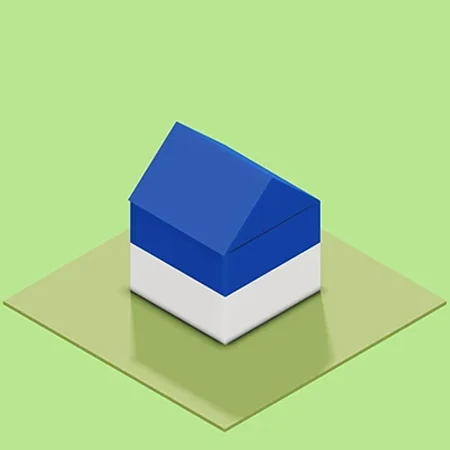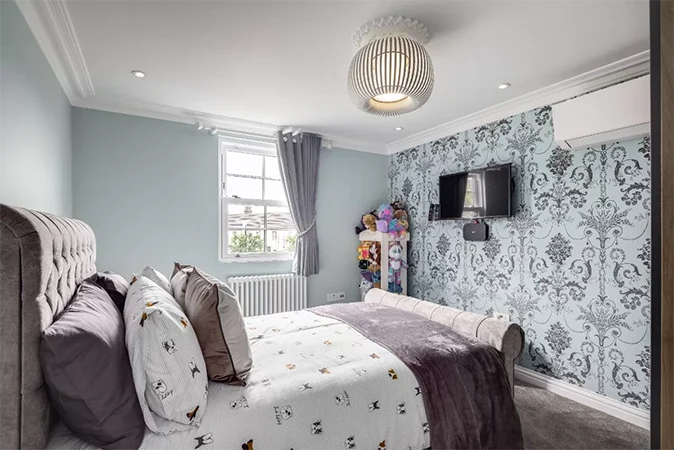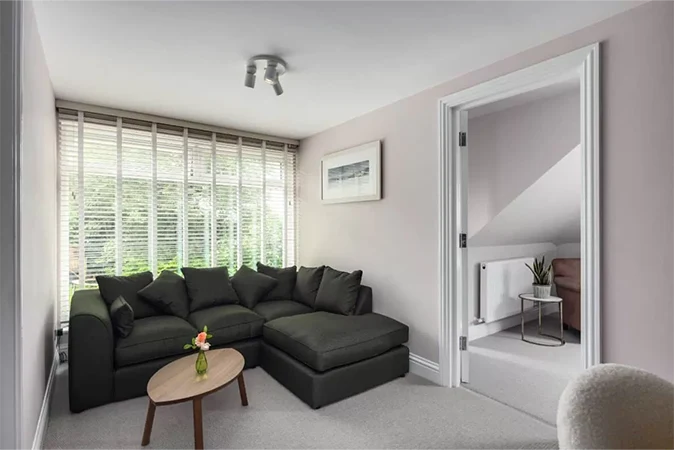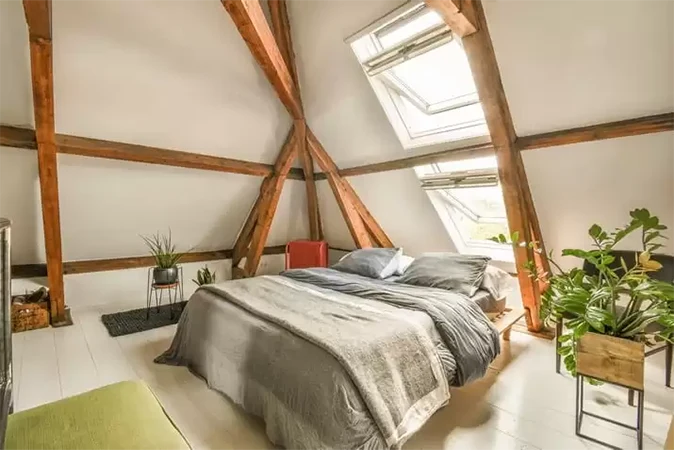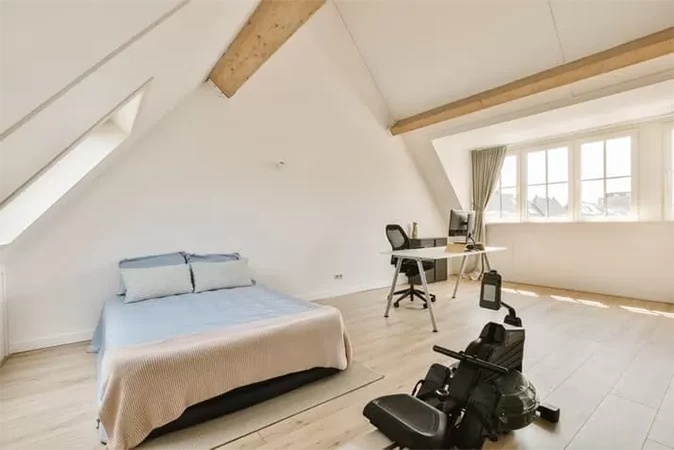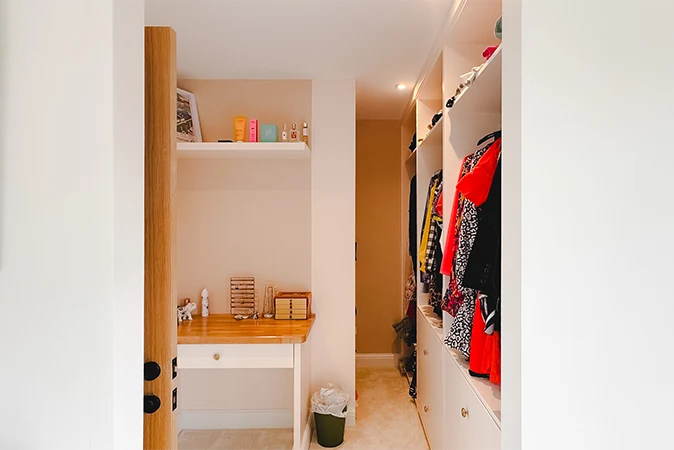A loft conversion is an excellent way to add value to your property and maximise your living space. Whether you’re planning on turning your loft conversion into an extra bedroom, an entertainment/leisure area or a home office, you also need to consider the impact of noise. Like any other room in your house, adequate steps need to be made for effective sound absorption, sound blocking or a combination of both. After all, your loft conversion is there to be enjoyed and you do not want to risk any tensions with neighbours.A loft conversion is an excellent way to add value to your property and maximise your living space. Whether you’re planning on turning your loft conversion into an extra bedroom, an entertainment/leisure area or a home office, you also need to consider the impact of noise. Like any other room in your house, adequate steps need to be made for effective sound absorption, sound blocking or a combination of both. After all, your loft conversion is there to be enjoyed and you do not want to risk any tensions with neighbours.
There are several structural considerations to ensure your loft conversion can be enjoyed in the best way possible. For example, installing sufficient insulation to stop heat from escaping during the winter and to reflect the summer sun will help to regulate the temperature (while saving you money!), and carefully planning the layout, lighting, storage and furniture items to go in your loft will maximise the available space.
Soundproofing
When it comes to creating a new room from a loft conversion, soundproofing is something that often gets overlooked. Nothing ruins a comfortable, peaceful atmosphere within a room more than the sound of busy roads or loud music from neighbouring rooms or next door.
Similarly, if you’re planning to use the space for practising a musical instrument or turning it into a workshop for DIY/construction projects, soundproofing the area will ensure that there’s no bad blood between you and neighbouring properties.
Soundproofing is not an overly invasive process, yet if are not overly confident, it probably is best left to professionals. Next, we are going to look at soundproofing in more detail plus provide some quick hints at tips, so you can get the best out of your additional space.
Passive Absorption Method
One effective way to soundproof your attic is to add stud walls. This will create a gap of about one inch between the stud and the existing wall, similar to double-glazed windows, into which soundproofing materials can be installed. These can include mineral wool, acoustic foam and others designed to absorb sound.
To maximise soundproofing in your loft conversion, ensure that there is a clear gap between the existing wall and the stud wall and that no part of one touches the other. The extra layer provided by the stud wall, along with the absorbing qualities of the materials in the gap, will reduce the sound leaving and entering your loft room significantly.
To increase the efficacy of the sound-absorbing materials, fitting soundproofing barriers reflects sound back and forth through the absorber. These barriers can take any form, so long as they are made from non-porous materials, so consider plasterboard or wood for your stud walls.
For more specific absorption needs, such as soundproofing a music studio, specially designed acoustic foam tiles can be applied to all surfaces to deaden the acoustics and prevent sound from traversing through walls and ceilings. These tiles are created in a way that encourages high-quality acoustic performance, with an open-cell structure.
Any loft windows, such as dormer or Velux windows, should be at least double glazed if they are to act as part of the sound (and heat) insulation setup of your conversion.
Soundproofing your Loft Conversion floor
When thinking about soundproofing, our focus tends to be mainly on walls and ceilings. However, it is important to understand the part flooring also plays. Soundproofing your loft conversion floor requires high-density products that add mass. It is good to combine materials that absorb different sound frequencies, for example carpet, carpet tiles, cork, wood plastic composite (WPC), rubber or vinyl.
Impact noise, like footsteps or furniture being moved about, and airborne sounds, such as music or loud voices will travel down to other areas of the house. Thankfully there are ways to counteract this, some more invasive than others. The aim is to absorb vibration. One thing to try is to place rubber mats underneath your TV or Stereo stand or any area of the loft room, which has heavy foot traffic.
Acoustic insulation between the timber joints is another tried a tested way to block out different sound frequencies. If you suffer from a squeaky floor, you can try wood screws to tighten the individual floorboards or wedge material in between any noticeable gaps. There are also many types of carpet underlay available to help muffle sound that travels down from your loft. For hard floors, you can lessen the impact of foot traffic by the placement of rugs. If your loft conversion will see frequent use, do not neglect your staircase either, which can be carpeted to prevent additional noise when in use.
Check your pipes
Noisy pipes can be the result of loose brackets or even water pressure but there is something you can do about it. Examine your fixtures and fittings and replace any worn out brackets. You can try to cushion pipes that are rattling, plus identify any other plumbing issues that are causing the noise, such as excess air or blockages.
The Right Materials
When soundproofing your loft conversion, take note of the STC rating of the materials you are using. STC (Sound Transmission Class), measures a material’s soundproofing qualities. A higher STC indicates the material will be better at absorbing internal sound and creating an effective barrier against outside disturbances. An STC rating can apply to all elements of your loft conversion, including your windows, walls, carpets, curtains and underlay.
Tips and hints to soundproof a loft shared wall
When you share a loft wall, you are often subject to the same sounds, be it barking dogs, domestic arguments or nightly guitar practice. Sound travels easily between shared walls, which is frustrating when you have created a living space in your loft specifically to unwind. We have already talked about stud walls but there are also some other things you can do to help muffle unwanted noise. The placement of furniture like tall bookcases and cabinets against shared walls can work to your advantage, as can pieces of artwork. Rugs are not only for the floor, they can also be hung up against walls to dissipate unwanted noise.
Effect of Insulation
Having quality loft insulation can help with soundproofing – to an extent. Having an insulated loft will help quieten noise coming from the roof, such as weather. However, if noise is proving a real problem, then you will need to take additional measures than insulation alone.
How We Can Help
As one of the leading providers of loft conversions in the Croydon and wider South London area, LMB Group have the experience necessary to provide all customers with the highest quality service from design to sign off.
With a full 10 year guarantee and liability insurance, you can rest assured that you’re in the best hands possible with LMB. Get in touch today to find out more.






